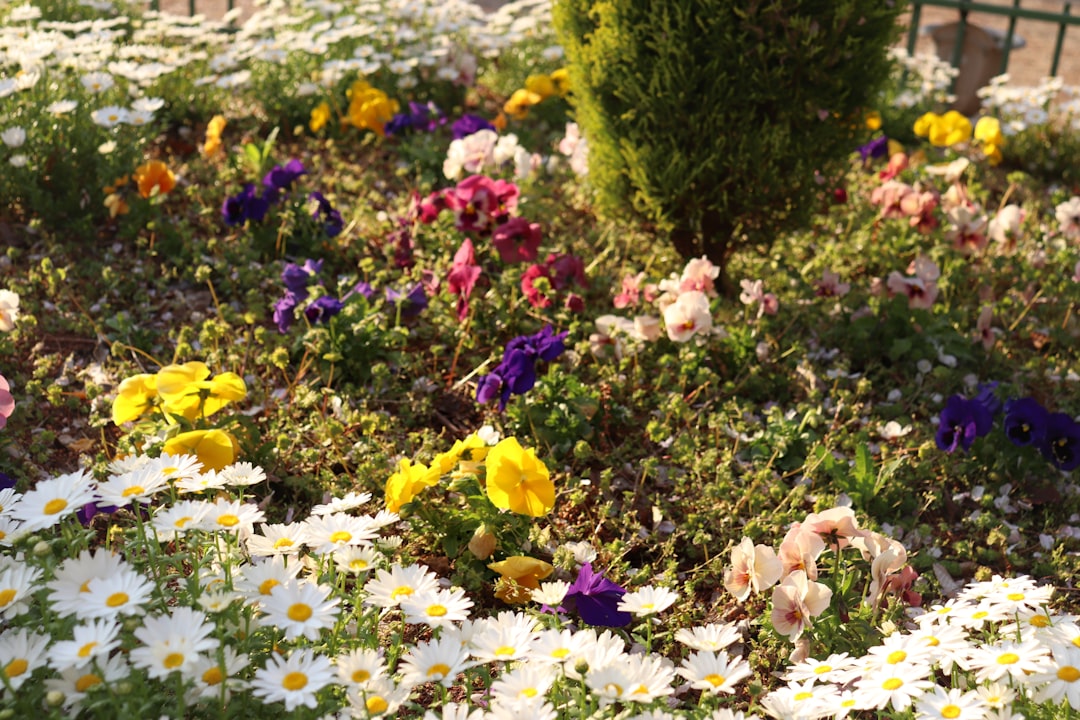Unveiling the Secrets of Sumac Growth

Sumac, a versatile and often overlooked plant, can add a touch of natural beauty to any garden. In this article, we will explore the essential tips for growing sumac, including when and how to plant it, as well as how to control its potentially unwanted spreading.
### Understanding Sumac
Sumac belongs to the genus Rhus and encompasses a variety of species. These plants are known for their distinctive foliage, which often turns vibrant colors in the fall, ranging from fiery reds to oranges and yellows. Some sumac species also produce clusters of berries that can attract wildlife.
### Choosing the Right Sumac Species
Before you start planting sumac, it's crucial to choose the right species for your garden. Different sumac species have different growth habits, soil preferences, and hardiness zones. For example, Smooth Sumac (Rhus glabra) is a popular choice for its adaptability and attractive fall color. Staghorn Sumac (Rhus typhina) is known for its large, velvety branches that resemble the antlers of a stag.
### When to Plant Sumac
The best time to plant sumac is in the spring or fall. Spring planting allows the roots to establish themselves before the heat of summer, while fall planting gives the plant a head start in the following growing season. When choosing a planting location, select an area that receives full sun to partial shade. Sumac can tolerate a wide range of soil types, but it prefers well - drained soil.
### How to Plant Sumac
1. **Prepare the soil**: Dig a hole that is twice as wide and just as deep as the root ball of the sumac plant. Amend the soil with compost or well - rotted manure to improve its fertility and drainage.
2. **Remove the plant from its container**: Gently loosen the roots if they are root - bound. Place the plant in the center of the hole, making sure that the top of the root ball is level with the surrounding soil.
3. **Backfill the hole**: Fill the hole with the amended soil, gently tamping it down around the base of the plant. Water the plant thoroughly to settle the soil and eliminate any air pockets.
### Watering and Fertilizing Sumac
Sumac is relatively drought - tolerant once established, but it benefits from regular watering during its first growing season. Water deeply and infrequently to encourage deep root growth. In terms of fertilizing, a balanced, slow - release fertilizer can be applied in the spring. However, be careful not to over - fertilize, as this can lead to excessive growth and weak branches.
### Controlling Sumac Spreading
One of the challenges of growing sumac is its tendency to spread. Sumac can spread through underground rhizomes, which can send up new shoots some distance from the parent plant. To control its spreading, you can install a root barrier around the planting area. This can be a physical barrier made of plastic or metal that extends at least 18 inches into the ground. Regularly monitor the area for new shoots and remove them promptly by cutting them off at the base or digging them out.
### Pruning Sumac
Pruning sumac can help maintain its shape and size. The best time to prune sumac is in the late winter or early spring before new growth begins. Remove any dead, damaged, or diseased branches. You can also selectively prune to control the plant's spread and encourage a more compact growth habit.
### Dealing with Pests and Diseases
Sumac is generally resistant to most pests and diseases. However, it can be susceptible to some issues such as aphids, scale insects, and powdery mildew. To prevent these problems, keep the plant healthy by providing proper care. If you notice any signs of pests or diseases, you can use organic or chemical controls as appropriate.
### Conclusion
Growing sumac can be a rewarding experience, as it offers beautiful foliage, attracts wildlife, and adds a unique element to your garden. By following these essential tips on planting, watering, fertilizing, controlling spreading, pruning, and dealing with pests and diseases, you can ensure that your sumac plants thrive and enhance the beauty of your outdoor space.